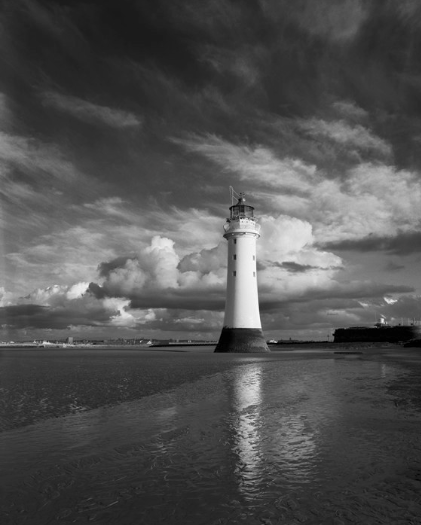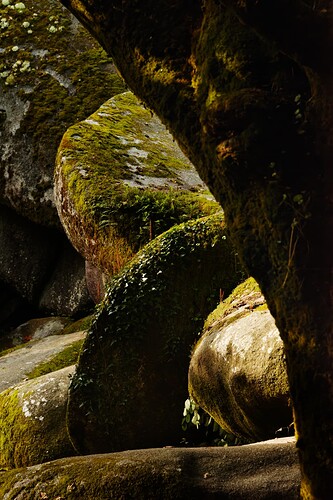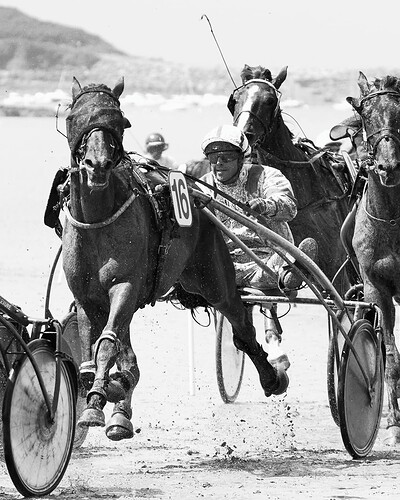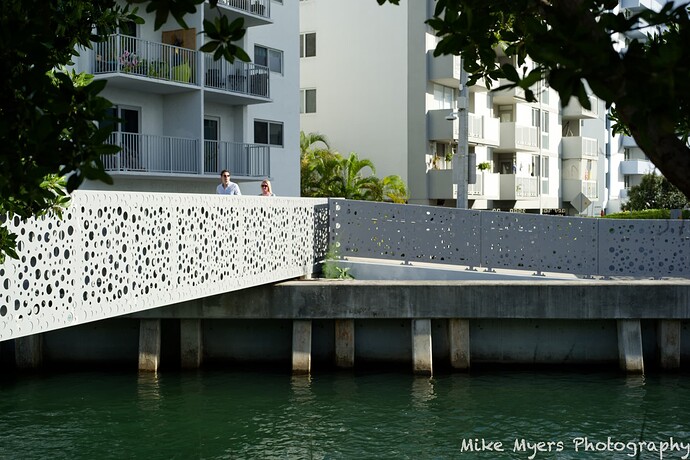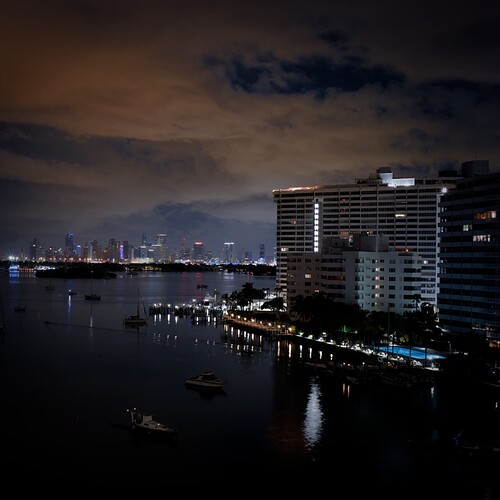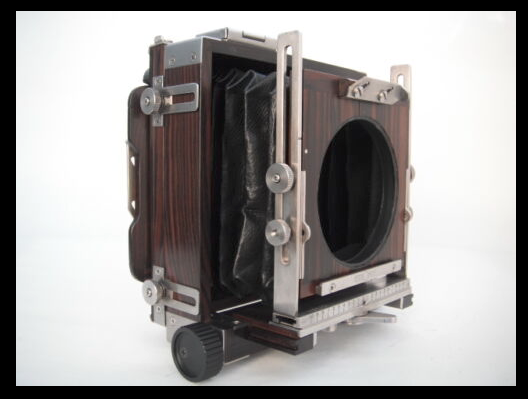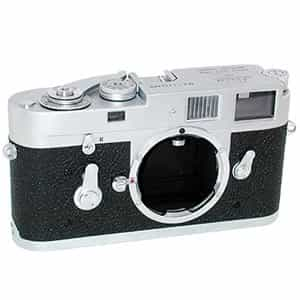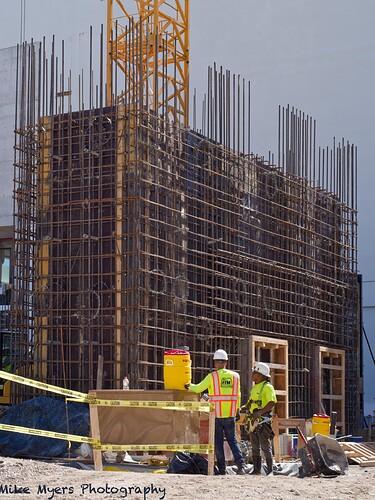Factual is not necessarily attractive. And, in the case of the view from your balcony, doesn’t always make for interesting to others.
As I have said before, my dad introduced me to photography at the tender age of 11 and I progressed through a few different cameras until my last 35mm film camera (Pentax ME Super). Even then I was getting frustrated with the small format because I wanted to crop images far to much and ended up with soft, blurry pictures with plenty of film grain, due to being over-enlarged. I used to shoot anything and nothing in particular but, as they say, it kept me off the streets.
I got my first digital camera (Nikon D100) somewhere around the November 2001. Looking back of most of my photos from then I can truly say my photos were, shall we say, distinctly average. But then I was tending to shoot all sorts, because it didn’t cost me anything in film, etc.
It was only when I started doing LF photography over the weekend of the 20-22 May 2005, that I realised just how important choice of subject, composition and framing were and, due to the length of time it takes to make an LF image, together with not wanting to waste expensive sheets of film, my shooting rate went right down but my success rate went up enormously. See the Landscape pages on my website
By now, I had also progressed to a Nikon D200 for digital work and started to realise that I was using it as a “snapshot” camera and not really “making” images as I would with the Ebony.
Nonetheless, my LF work was still very much documentary in style, wishing to preserve the absolute integrity of what was in front of me but, at the same time, taking time and effort to perfect the image on the sheet of film rather than having to scan and then make all sorts of framing changes. After all, what is the point of taking a shot on 5" x 4" film only to crop it down to 1½" x 1" or 35mm equivalent?
So, over the years that followed, I started to use my digital cameras as if they were LF cameras, taking time and effort to “create” an image rather than just “take” an image and then have to work on it in post-processing.
It is this that several of us have suggested that you try and do. In your continuing to “want what you saw”, in the final image, you are still clinging on to your journalistic tendencies and, in so doing, are tending to take shots that show too much of what is surrounding the subject, or that lack any sense of mood or emotion.
Take my LF shot of the lighthouse at Perch Rock…
What is the subject? Well, the main subject is obviously the lighthouse, but the algae covered rocks in the foreground serve to lead the eye towards the lighthouse, providing context to the placement of the lighthouse.
Then, there’s Helen’s LF shot of the same lighthouse…
… taken on the same day, on B&W film but, this time, from the other direction, with some extraordinarily beautiful clouds behind it. Once again, you see there is a leading line from near the bottom left corner, to lead the eye in, accompanied by the reflection of the lighthouse in the wet sand.
Yes, you can see the skyline of Liverpool in the background but, due to the perspective, it doesn’t intrude into the viewer’s vision as much as the skyline of Miami does in your images.
Moving on to digital, here are a couple of shots. The first one is slow and considered, taken on a tripod and totally uncropped…
Where was it taken? Well, in the forest of Huelgoat, but that is not important. What is important is the composition, which a series of curves and dappled light and shade. It is an image, designed to provoke thoughts of autumn, low light and warm colours, whilst showing off the beauty of mosses and lichens that cover almost everything.
Then an action shot…
This was taken at the annual horse races on the beach at St Efflam, but, again, that is not important. What is important here is the “grittiness” of the event, where jockeys fight hard to win a race despite the sand being thrown up in their faces by the hooves of their horses. It was a bright sunny day, with a hard light, which I accentuated in the treatment of the image, whilst retaining detail in both the horse’s body and jockey’s face, as well as an out of focus hint of the boats in the distance, which gave context but which would have intruded too much had I not treated the background to almost blow them out.
Even this action shot took time, as I took several laps to observe where and how the horses moved and the expression on the jockeys’ faces before finally taking this shot, which I put admit, was cropped to better frame one rider rather than the whole tight bunch.
Spur of the moment shots can turn out - sometimes, but often you end up taking far too much “context” - just in case - instead of working at creating an image rather than hoping you’ve got enough when you took the shot to extract an image in post processing.
Well, it looks like it was taken with a flash but I guess it could be just strong sunlight. I would have tried to place the tree trunk more diagonally, from corner to corner. Oh, and do check the background for distracting stuff like the pale blue cabin and the white buildings, which draws the eye from the main subject so easily.


